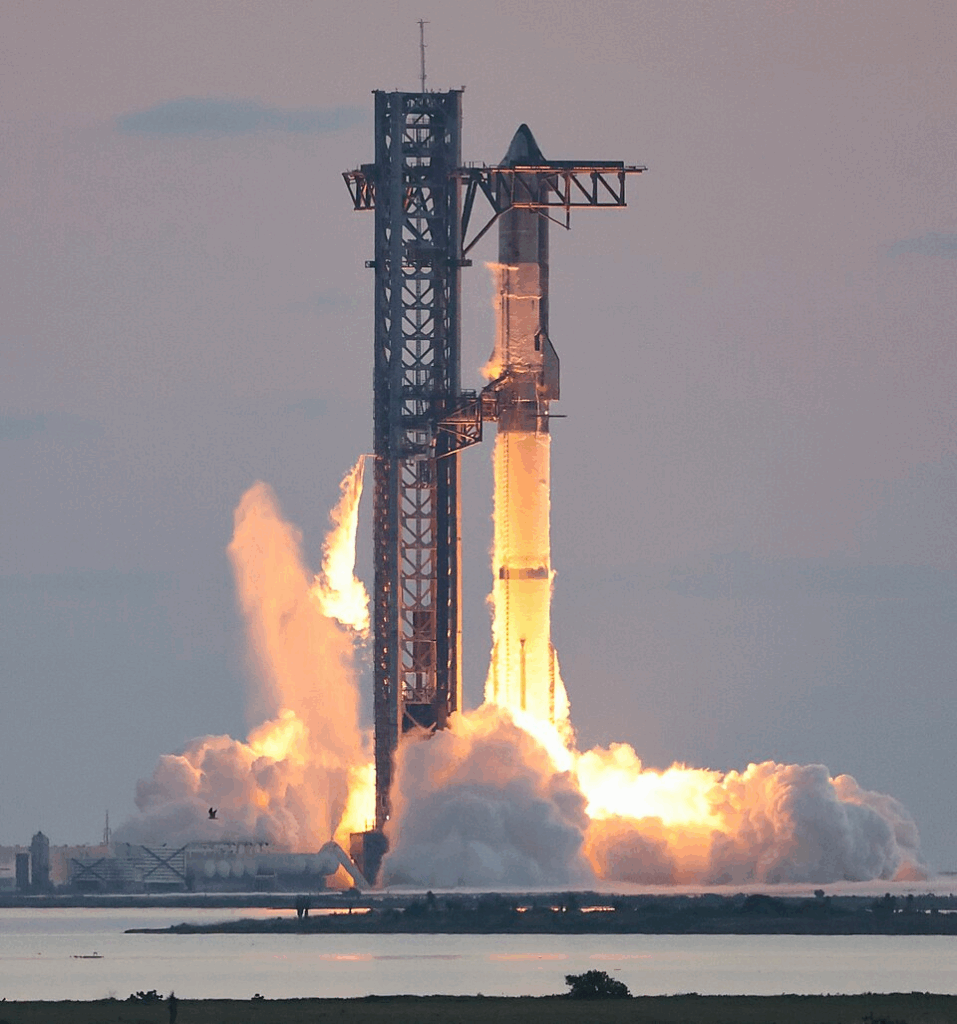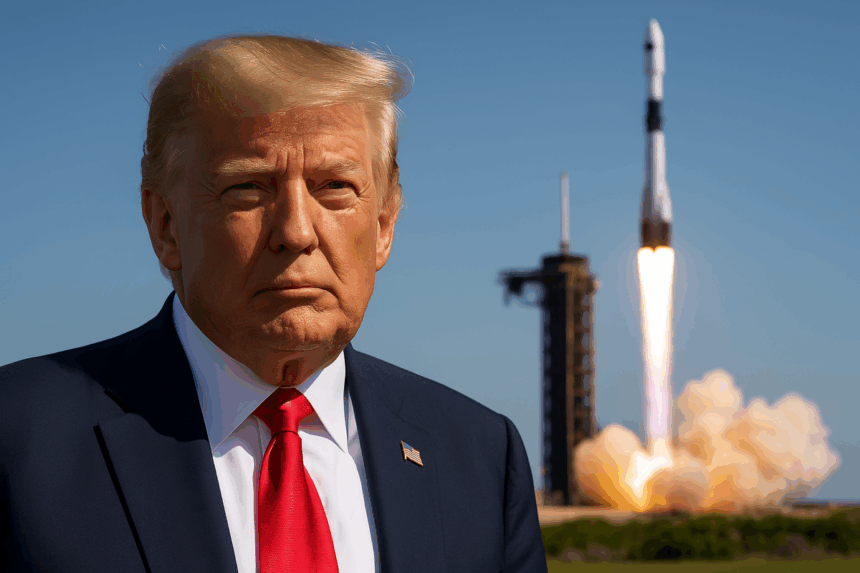President Donald Trump has signed an executive order that recalibrates the future of the U.S. commercial space industry. The order directs government agencies to eliminate or speed up environmental reviews for rocket launches and reentries, while scaling back certain regulations that industry leaders have long called burdensome. The policy change is part of strategic efforts to boost U.S. competitiveness in space and bolster innovation.
What’s Happening & Why This Matters

The Federal Aviation Administration (FAA), part of the Department of Transportation (DOT), oversees licenses for commercial launches and reentries. It ensures operations comply with safety, environmental, and national interest requirements. Under this order, Transportation Secretary Sean Duffy — who also serves as NASA’s acting administrator — must use all available authority to cut red tape.
The order’s focus is clear: streamline licensing, reform safety rules, and remove duplicate reviews for spaceport projects at major U.S. launch facilities, including Cape Canaveral, Vandenberg Space Force Base, and Wallops Island.
Key provisions include:
- Rolling back Part 450 regulations — a set of rules implemented in 2021 to streamline approvals for multiple launches. Space companies say these rules slowed the process instead.
- Elevating the FAA’s commercial space office to a political appointee position, previously held by a career civil servant.
- Reducing environmental review requirements under the National Environmental Policy Act (NEPA), including creating exclusions for certain spaceflight activities.
- Assigning the Department of Commerce oversight of “novel space activities” such as in-space manufacturing, asteroid mining, and space debris removal.

This deregulation push is welcomed by companies like SpaceX, which conducts most FAA-licensed launches, but has sparked criticism from environmental groups.
Jared Margolis of the Centre for Biological Diversity warns, “This reckless order puts people and wildlife at risk from private companies launching giant rockets that often explode and wreak devastation on surrounding areas.”
Meanwhile, the Commercial Spaceflight Federation supports the move. Its president, Dave Cavossa, says, “Cutting red tape while maintaining safety will strengthen and grow the U.S. commercial space industry.”
The Bigger Picture

The order also limits the authority of state agencies over environmental rules tied to spaceport operations. It follows disputes like the California Coastal Commission’s rejection of SpaceX’s proposal to double launches at Vandenberg. Federal backing, however, remains strong.
Trump’s directive doubles down on a stated goal: increase U.S. launch cadence and lead in novel space activities by 2030. By removing barriers, the administration hopes to unleash the next wave of space innovation, increase commercial viability, and strengthen national security.
Space industry analysts like Laura Forczyk of Astralytical note that reform was overdue: “Reforming and streamlining commercial launch regulations is something the Biden administration knew needed reform… This was needed years ago.”
TF Summary: What’s Next
The executive order represents a turning point for U.S. space policy. Expect faster approvals for commercial launches, fewer environmental hurdles, and more authority shifted toward federal over state agencies.
For private space leaders, the immediate impact is a more predictable regulatory environment. For critics, it poses questions about operational speed and environmental safeguards. Either way, the space race — and the debate over its rules — just accelerated.
— Text-to-Speech (TTS) provided by gspeech


